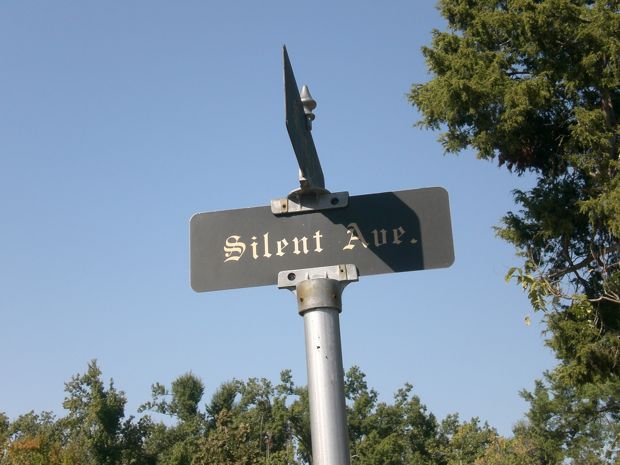
Another report by Paul Zahl from his recent trip to the area around Paducah, Kentucky:
This is one of the main avenues of the ancient Oak Grove Cemetery in
Paducah. Here Irvin S. Cobb is buried, here is where John Ford came in
1961, while shooting his section of How the West Was Won nearby, to pay his respects to his old friend, and here is where the prototype for Cobb's (and Ford's) “Judge
Priest” (i.e. Judge William S. Bishop) is buried, right beside Silent Avenue.
This is Cobb's grave in Oak Grove Cemetery:
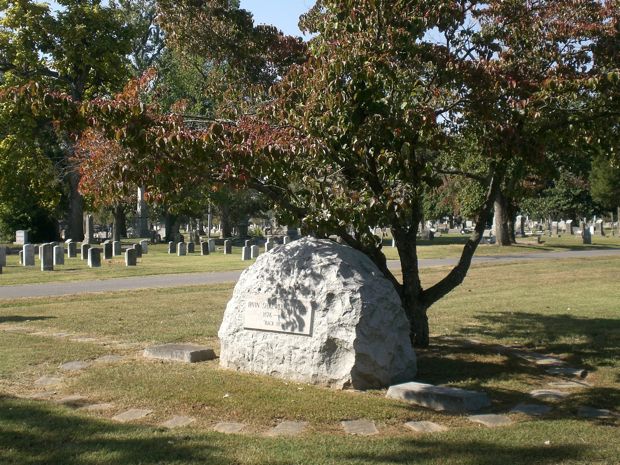
The inscription
reads, “Back Home”. A dogwood tree, as per his dying request, shades the
grave. He wanted only the Twenty-Third Psalm read at the grave,
together with the choir of a local African-American congregation to
sing “Swing Low, Sweet Chariot” and “Deep River”. Cobb's wishes were
honored.
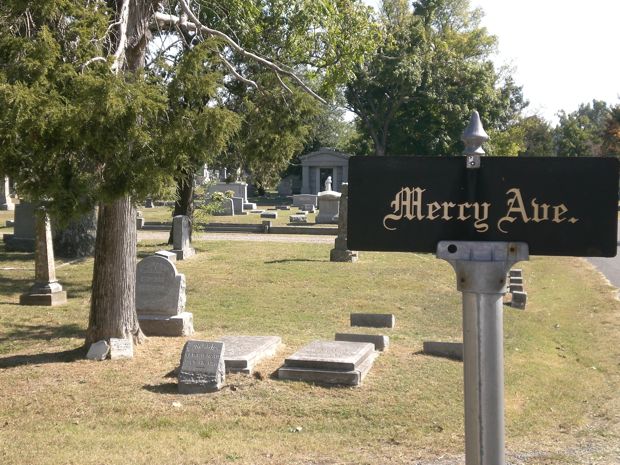
Mercy Avenue is another of the main axes of Oak Grove Cemetery. I
got up high on some crumbling steps leading into a mausoleum in order
to get this one. I think if we could all spend some time on “Silent
Avenue” and then perhaps forever on “Mercy Avenue”, we would be in
excellent shape.
Just a few “blocks” down Silent Ave from Cobb's grave is this one — the grave of John Scopes, the
teacher of evolution in the Tennessee public schools who was prosecuted
in the famous “Monkey Trial” of 1925:
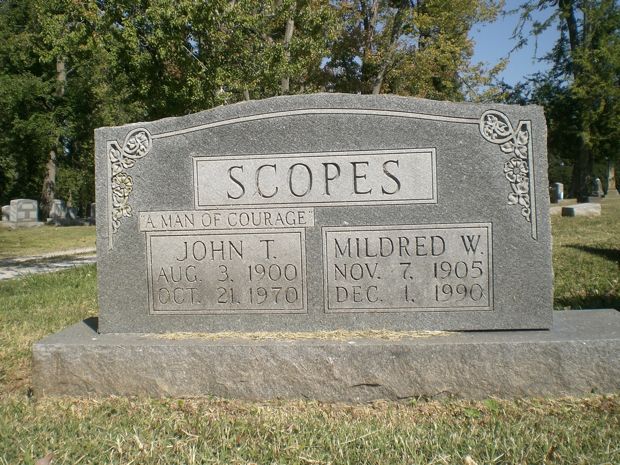
This is the man whom Clarence Darrow (or
Spencer Tracy, for those of you who remember the movie about the trial, Inherit the Wind) defended, and who won, after a fashion. He was found formally guilty and
fined $100, but the judgment was regarded by everyone at the time as a
victory for free speech, and even evolution itself. In the film, Frederick March played William Jennings
Bryan (below), who stumbled in attacking this man, and never fully recovered from
the moral defeat which the trial was for him.
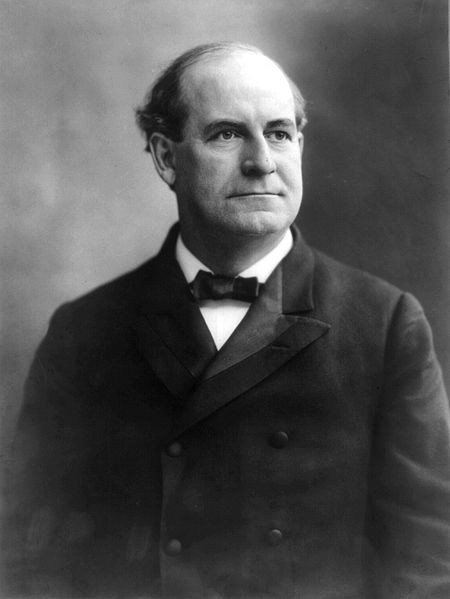
What a picture of
Twentieth Century America, in one acre of ground — Cobb, now no longer
famous, with a big grave near the entrance; his prototype for “Judge
Priest” buried nearby, on Mercy Avenue, a man who kept on getting elected
because the Confederate veterans of the county were “Yellow Dog”
Democrats — that is, people who would vote for a yellow dog before they would vote for Republican; and then, after all that, down the way, the simple memorial
to John Scopes, “A Man of Courage”.

Thanks, Paul, for these reports on your pilgrimage to Irvin S. Cobb land. After hearing your podcast on Cobb, I have started reading his books and have enjoyed them so much… especially his use of language, the wonderful characters in the Judge Priest stories, and the fun twists to those stories. Wonderful stuff. If you've never heard it, you might want to check out one of my sites http://www.homeschoolradioshows.com , where I currently have a radio program, “Old Judge Priest” posted. Parley Baer as JP… not bad at all.
Jim Erskine
Canmer, KY
Paul Zahl replies:
The stories often surprise the reader, and take sharp turns, as in life. Thank you very much for your comment and your wonderfully informed interest. One of these days I would like to write something about “A Beautiful Evening” (aka “A Letter to the Editor of 'The Sun'”) and also “Black and White”. I think the latter is a masterpiece, tho' it may never again see the light of day, at least in our lifetimes. It was very interesting to me that the wonderful paintings along the wall on the Paducah riverfront include a panel on the August 8th celebrations. It richly illuminated Cobb's “Black and White”. Once again, Thank You, Jim!